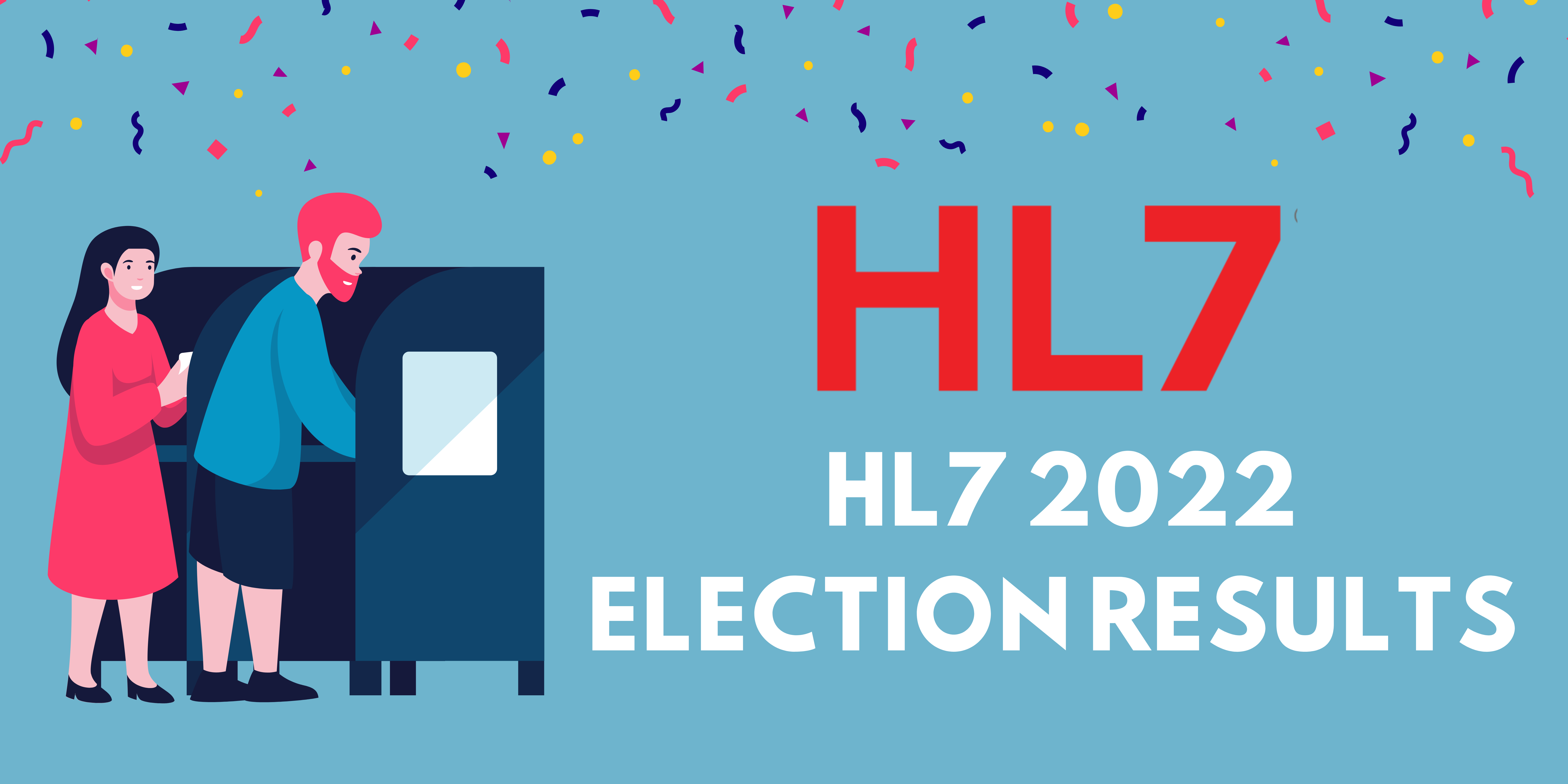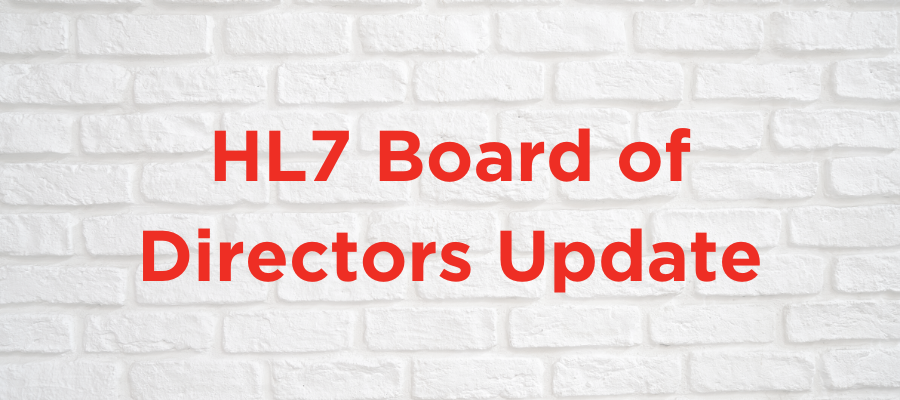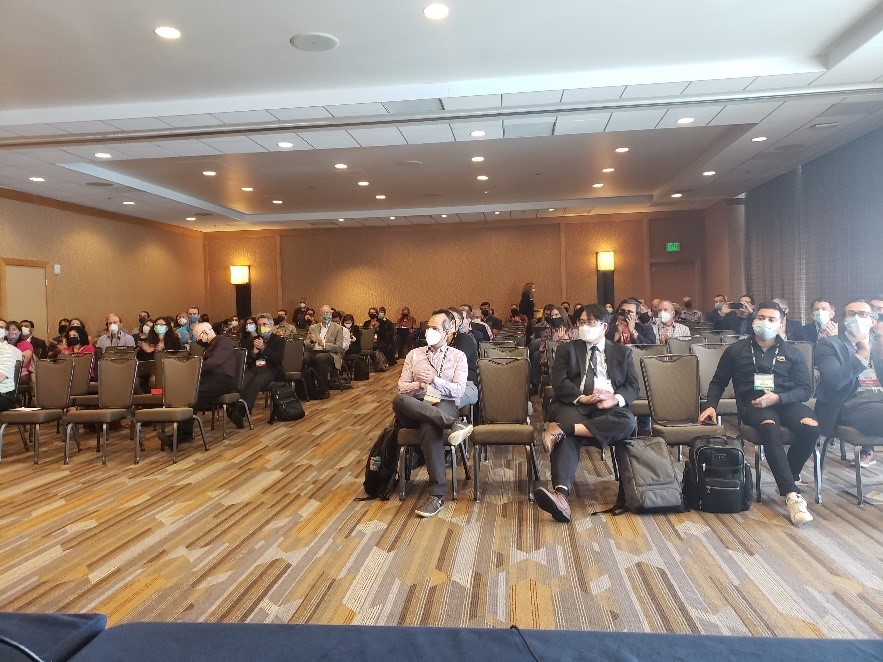Learn about HL7's Fonteva Implementation
Status Update for October 18 | Association Management System Replacement
[fa icon="calendar'] Oct 19, 2022 8:31:36 AM / by Health Level Seven posted in HL7, HL7 community, health IT, website, announcements
In Appreciation | World Standards Week
[fa icon="calendar'] Oct 10, 2022 1:07:17 PM / by Health Level Seven posted in HL7, HL7 community, health IT, annoucements, world standards week
Status Update | Association Management System Replacement
[fa icon="calendar'] Oct 5, 2022 11:00:16 AM / by Health Level Seven posted in HL7, HL7 community, health IT, website, announcements, annoucements
Learn about HL7's Fonteva Implementation
Dear HL7 Members and Community,
As announced last month, we are transitioning to a new Association Management System (AMS), Fonteva, enabling us to better serve the HL7 community.
As progress continues, we want to share details with you on what to expect in the coming weeks.
What to Expect During the Transition
On October 10, 2022: All updates and changes to the current system will be frozen in order to extract the data load for the new system.- More details will be shared on how to submit updates/change requests during the freeze
- Membership: applications, renewals and reactivations
- Please contact MemberInfo@HL7.org to renew/reactivate memberships prior to October 10
- Member updates: demographics and profiles (i.e. email and address changes, etc.)
- Organization accounts: changes including key member and/or voting members
- HL7 website accounts: creation of new accounts
- Note that other types of HL7 service accounts such as Atlassian can still be created
- Purchase of OIDS
- Please contact MemberInfo@HL7.org prior to October 10 to purchase or wait until October 31
- Registration: events and education offerings
- Alternative registration steps will be announced
- Questions can be directed to Sadhana Alangar, PhD, Director of Education
HL7 Announces New Board, International Council and TSC Members
[fa icon="calendar'] Sep 30, 2022 9:49:11 AM / by Health Level Seven posted in HL7, HL7 community, health IT, annoucements, elections
HL7® International, the global authority on interoperability of health information technology with members in 55 countries, announced election results for its board of directors, international council and technical steering committee during its annual business meeting at the virtual 36th Annual Plenary and Working Group Meeting last week in Baltimore.
Chair-Elect
- Julia Skapik, M.D. M.P.H, chief medical information officer, National Association of Community Health Centers (NACHC), was selected by the membership to serve as the chair-elect in 2023 and as the board chair, 2024-2025.
We're Replacing Our Association Management System This Fall
[fa icon="calendar'] Sep 16, 2022 10:04:08 AM / by Health Level Seven posted in HL7, HL7 community, health IT, website, announcements, annoucements
Learn about HL7's Fonteva Implementation
Dear HL7 Members and Community:
We are pleased to share that next month we will begin the transition to a new Association Management System (AMS), Fonteva, enabling us to better serve the HL7 community.
Fonteva Quick Facts
- Replaces the current AMS (GoMembers)
- Built on Salesforce, offering a more versatile platform
- Will not replace the current HL7.org website
- Some sections related to membership and registrations will have a new look and feel
HL7 International Appoints Two New Members to the Board of Directors
[fa icon="calendar'] Aug 19, 2022 11:45:00 AM / by HL7 posted in HL7, HL7 community, HL7 members, HL7 Leadership
HL7® International, the global authority on interoperability of health information technology with members in 55 countries, today announced the appointment of two new members to the HL7 board of directors to serve a two-year term: Aashima Gupta, director, global healthcare solutions, Google Cloud; Judy Wawira Gichoya, M.D., M.S., assistant professor, radiology and imaging sciences, Emory University School of Medicine.
“These leaders represent a critical cross section of global stakeholders who are committed to advancing health through information technology. We are delighted to welcome them to the HL7 board of directors,” said Charles Jaffe, M.D., Ph.D., CEO of HL7. “Their strategic expertise and diverse experience will contribute greatly to HL7’s goal of improving the quality of care and reducing costs by overcoming the barriers to interoperability.”
The 2022 AMIA/HL7 FHIR® Applications Competition | Submit by August 2!
[fa icon="calendar'] Jul 18, 2022 12:27:44 PM / by HL7 posted in FHIR, HL7, HL7 community, health IT, AMIA, FHIR Apps Roundtable, FHIR Community, FHIR API
By Brian Douthit; Charles Jaffe, MD, PhD; Viet Nguyen, MD; and Titus Schleyer, DMD, PhD
Originally starting as an application showcase in 2018, the FHIR Apps Competition has become one of the most popular sessions at the AMIA Annual Symposium. From clinical decision support and health information exchange to problem-oriented displays and back-end data exchange, HL7 FHIR is enabling innovation across a whole range of health IT domains.
AMIA and HL7 recently reinvigorated their partnership to emphasize the importance of health data standards in informatics, and engage the AMIA implementer community in leveraging FHIR for research, patient care and education. The competition is intended to highlight the best and most innovative FHIR implementations – if you are planning to attend the Annual Symposium this year, you don’t want to miss it!
HL7 Announces New Informatics Internship
[fa icon="calendar'] Apr 29, 2022 2:31:36 PM / by HL7 posted in HL7 education, HL7, HL7 community, health IT, career
Opportunity to Advance Your Career with an HL7 Informatics Internship
- Remote-based/online internship
- $5,000 USD monthly stipend
- 12-16 weeks
- Must be eligible to work in the United States
We want to hire and mentor a motivated informatics trainee who wants to learn, contribute, and advance the industry’s approach to solving the thorny problems of health data interoperability. This internship will focus specifically on synthesizing best practices for using standard terminologies within HL7’s specifications. You will be working with world-class experts, learning how consensus-driven standards are transforming data exchange, and building a key resource for the global health standards community.
Message to the HL7 Community Regarding Conflict in Eastern Europe
[fa icon="calendar'] Feb 24, 2022 5:26:16 PM / by HL7 posted in HL7, HL7 community, health IT

To our HL7 International community,
The past two years have been challenging for all of us, and now the world is faced with the unfolding conflict in Eastern Europe.
We are sure that the events of the past 24 hours have left you, as they have us, saddened.
HL7 has a long-standing history of global participation, support and collaboration from across the world. We are proud to have such a united community dedicated to the advancement of interoperability and the betterment of healthcare across the world. Our mutual goals and passion have brought together individuals from diverse communities who have created strong bonds and friendships through their work within HL7.
US Realm Steering Committee February 2022 Update
[fa icon="calendar'] Feb 11, 2022 2:28:19 PM / by HL7 posted in FHIR, HL7, HL7 community, Argonaut Project, health IT, C-CDA, Da Vinci, CARIN Alliance, documentation templates and payer rules, FHIR Accelerator, FAST, Gravity, Vulcan, FHIR Community, US Realm
On behalf of the HL7 US Realm Steering Committee (USRSC), we are pleased to share an update on last year's priorities and highlight our focus for 2022.
2021 Highlights
Visibility was a key theme of our work in 2021 and included supporting pilot work on a standards dashboard, tracking accelerator activity and promoting key ballots.
Before we dive into 2022, we want to highlight a few key points for all US Realm (USR) members.
- SMART v2: published new guidance on granular controls
- Bulk Data v2: published with numerous new features
- Errata release of Consolidated CDA (C-CDA): companion guide to support January 2022 ballot
- C-CDA Companion Guide: January 2022 ballot to add USCDI v2 guidance
- US FHIR Core - January 2022 ballot: to add USCDI v2 guidance
- Hosted reviews on HL7 Standards Dashboard Prototype
- C-CDA Web Publishing Trial Draft using FHIR Structure Definition
- Facilitated US@ project with ONC team








